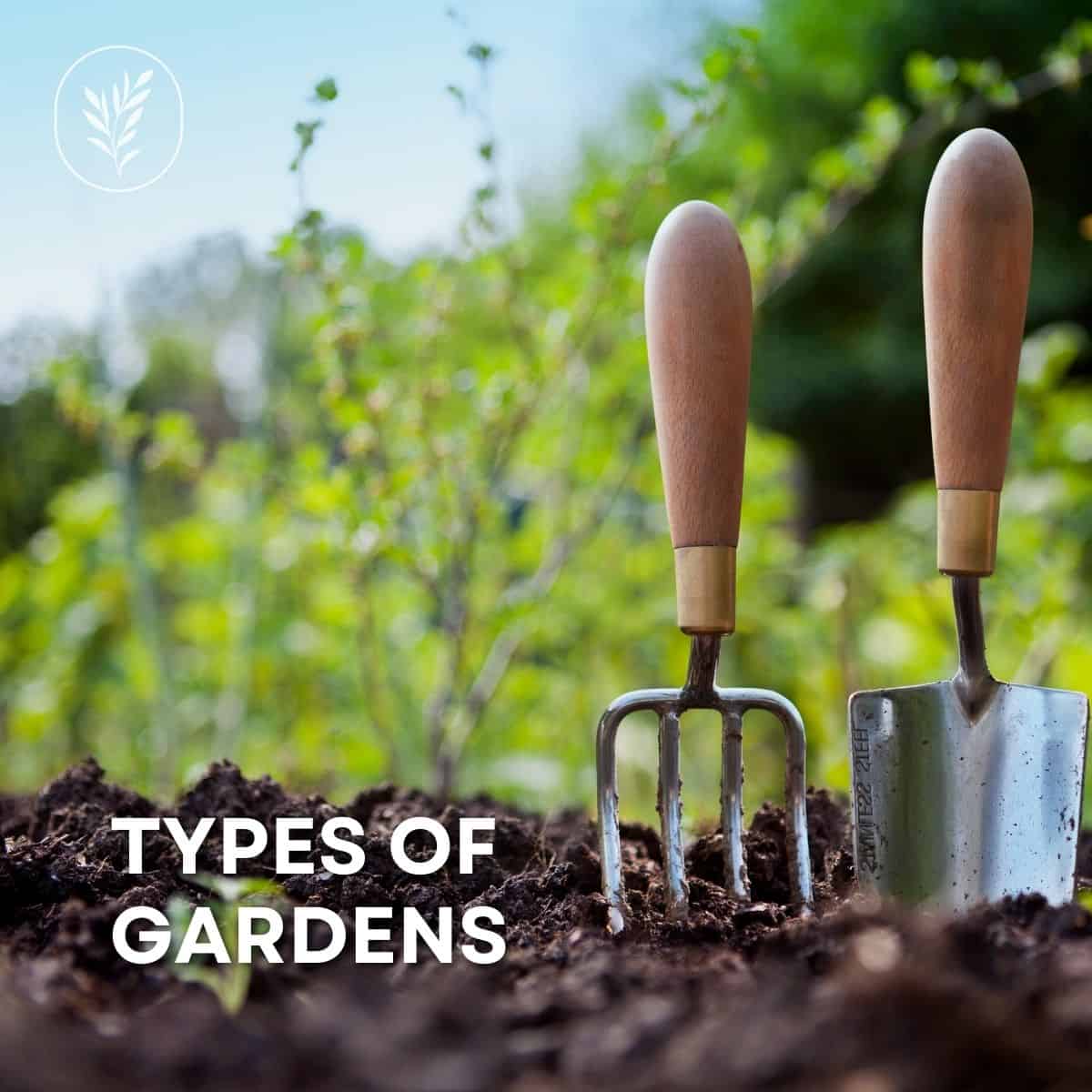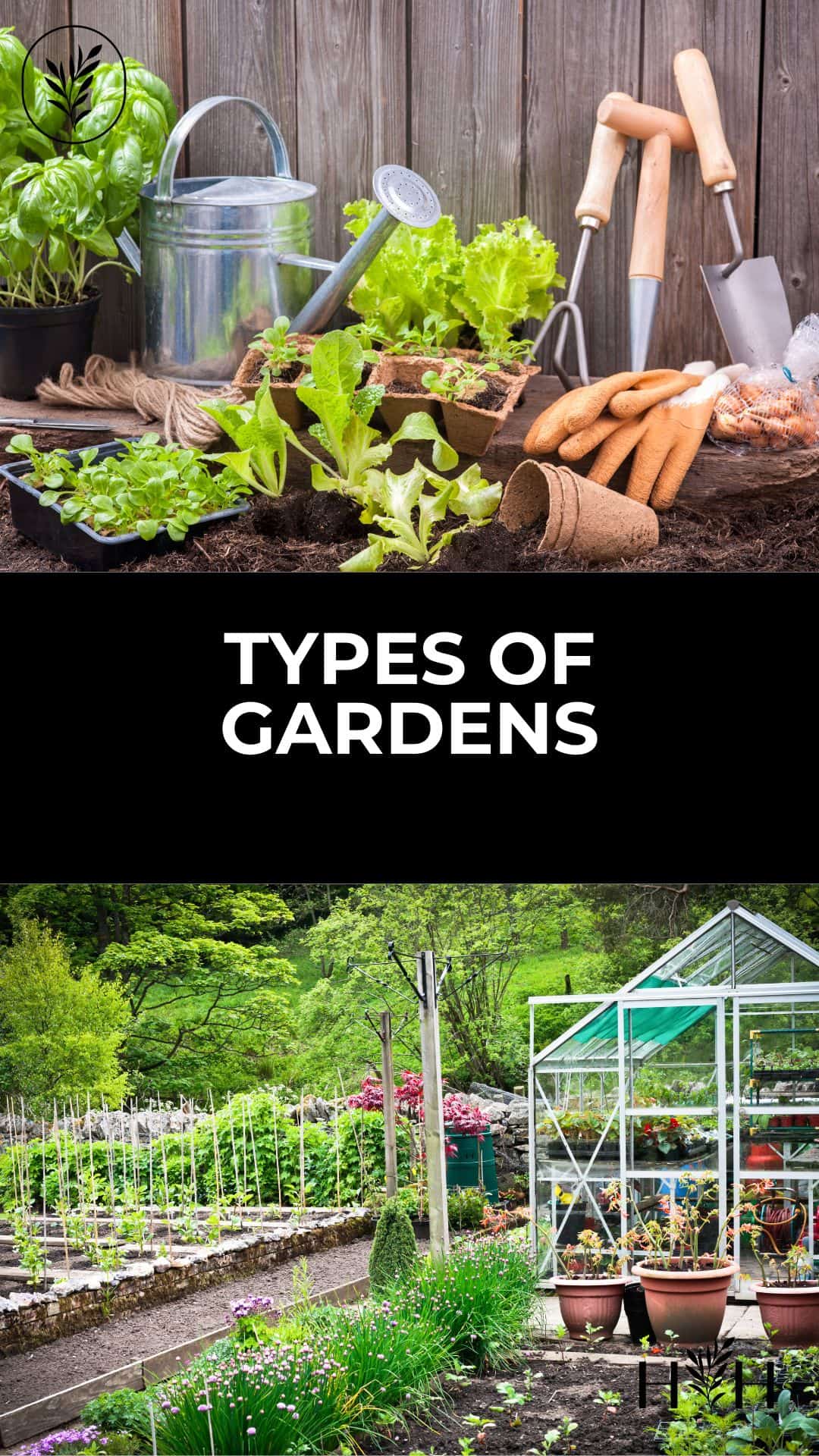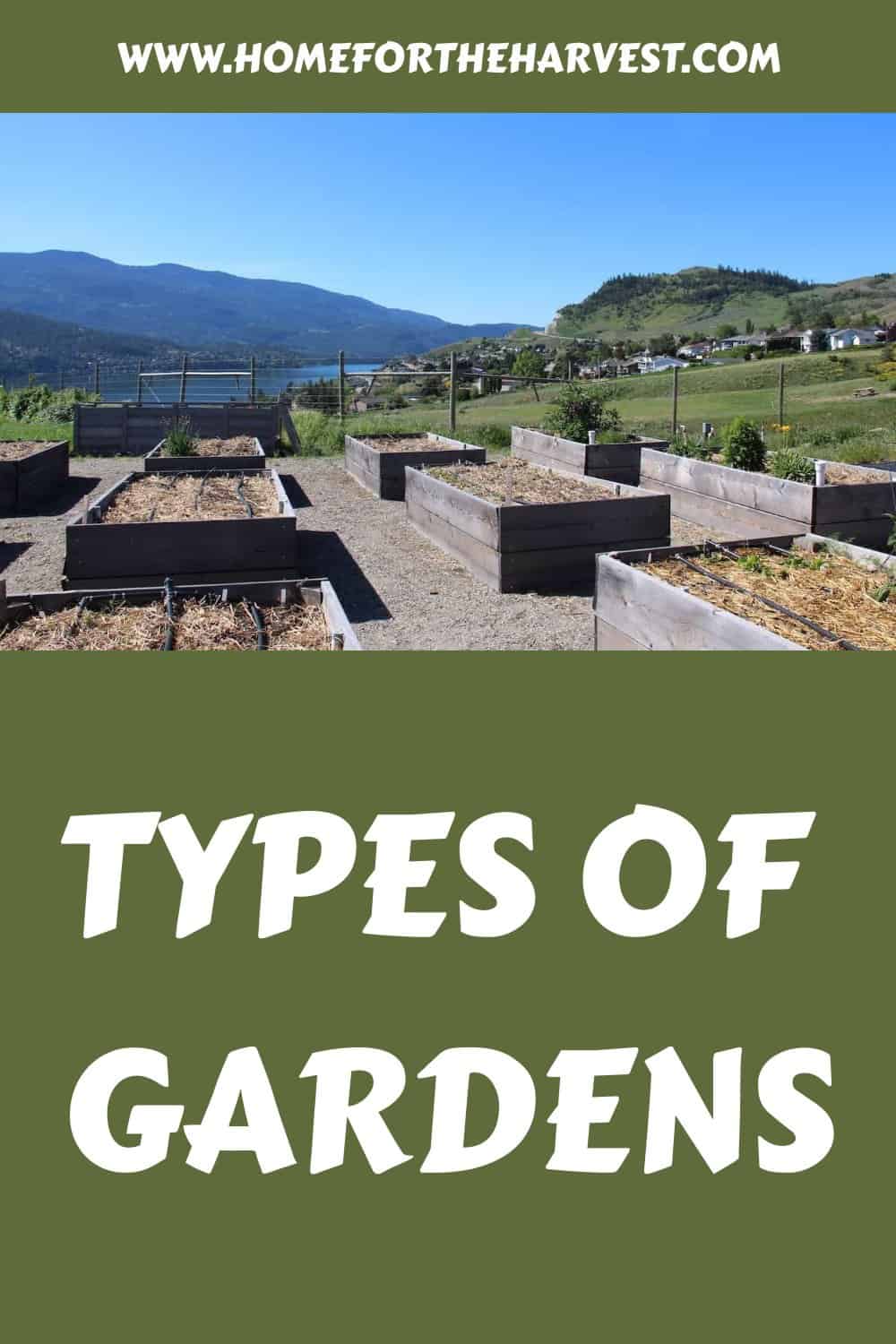There are many types of gardens to choose from when you start growing your own food. From tropical plants to herb gardens to flower gardens, The different types of gardens each have their own benefits, drawbacks, and reasons why they suit various growing environments. Here are the best types of gardens so that you can decide which will work for you!
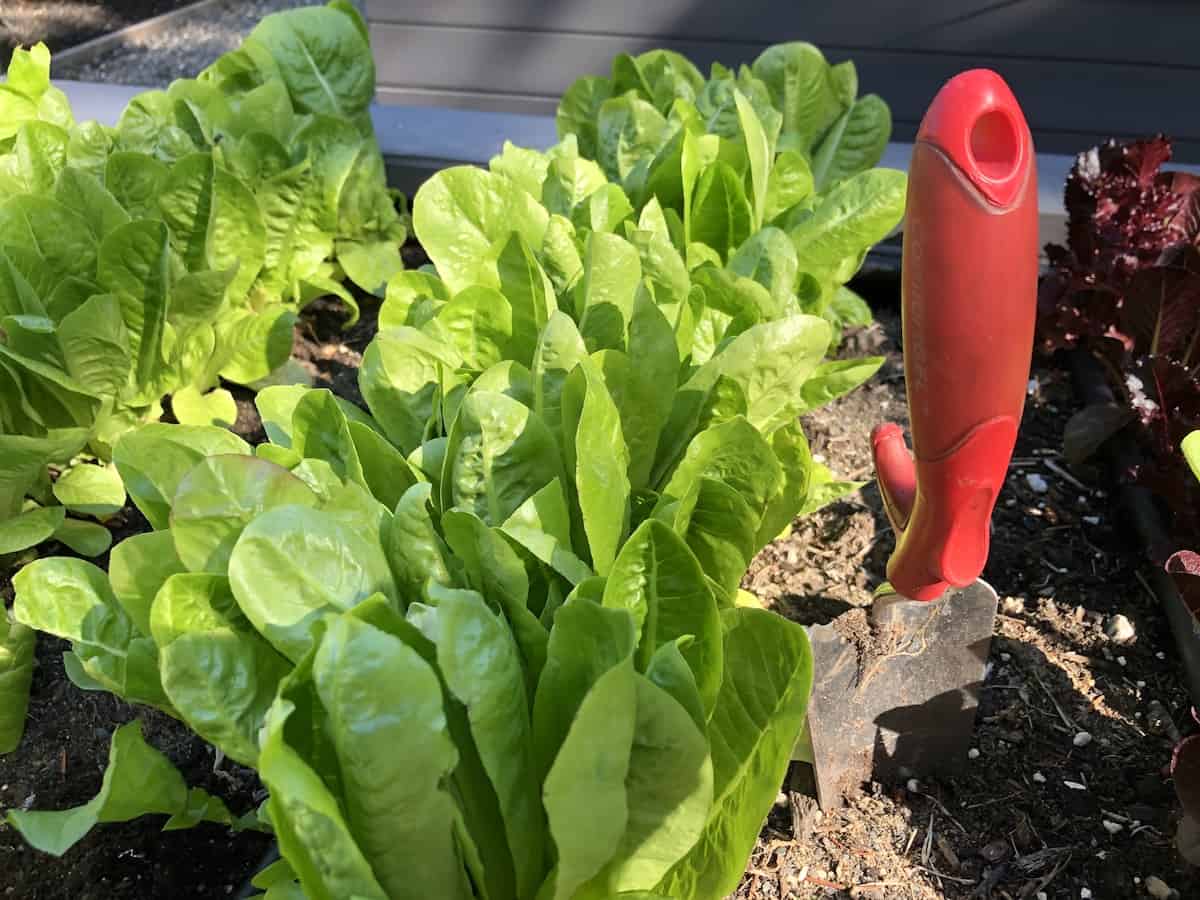
The best types of gardens for growing vegetables
There are many kinds of vegetable gardens, but most fall into one of three categories. The most common vegetable garden structures are in-ground gardens, container gardens, and raised bed gardens.
In-ground gardening consists of planting veggies directly in the ground, while container gardening involves using portable above-ground containers to grow plants. Raised bed gardening is a combination of the two, with raised garden beds placed above the soil acting as large containers.
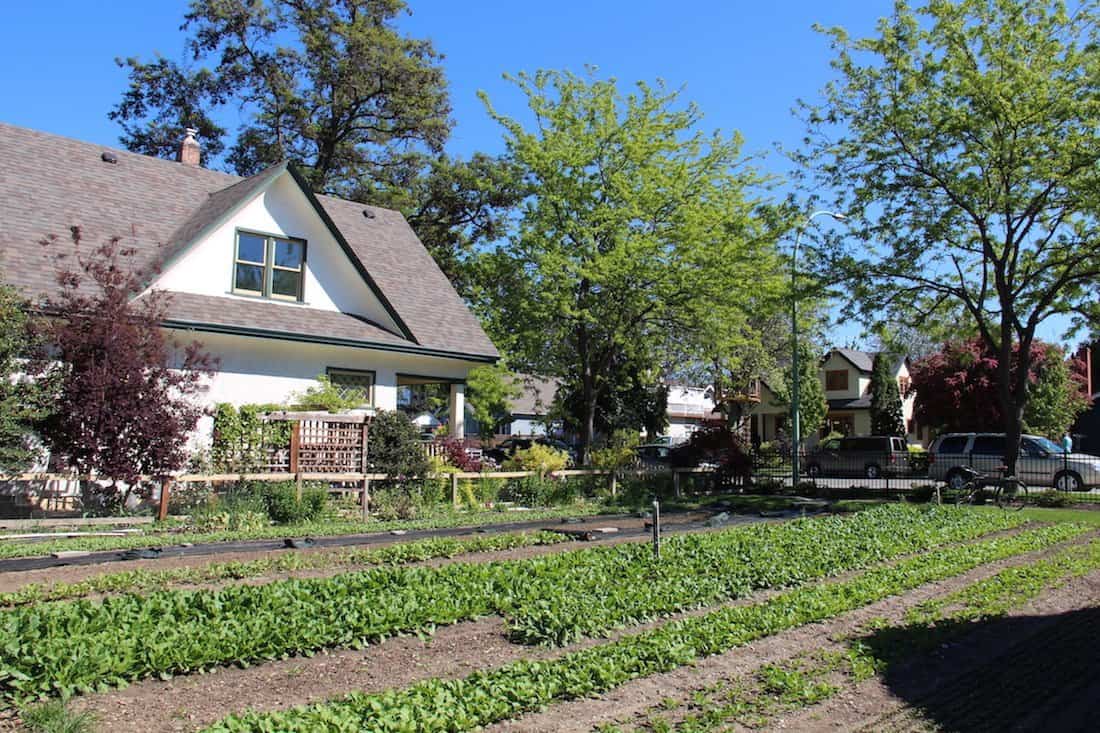
1. In-ground gardens
In-ground gardens are essentially just an area of a lawn where the turfgrass has been removed and replaced with productive vegetables. If you picture long rows of veggies in the ground when you think about a garden, then you’re likely picturing an in-ground, flat-earth traditional garden.
Benefits of in-ground type gardens
If you have a yard or access to some land, an in-ground garden can be an easy, affordable way to start. You don’t have to build a structure; you just have to dig up the existing grass. You’re able to use the natural soil in the ground rather than having to buy soil and then rebuild a natural growing environment. Unfortunately, the benefits of in-ground gardens can stop there if care is not taken to create a thriving growing environment.
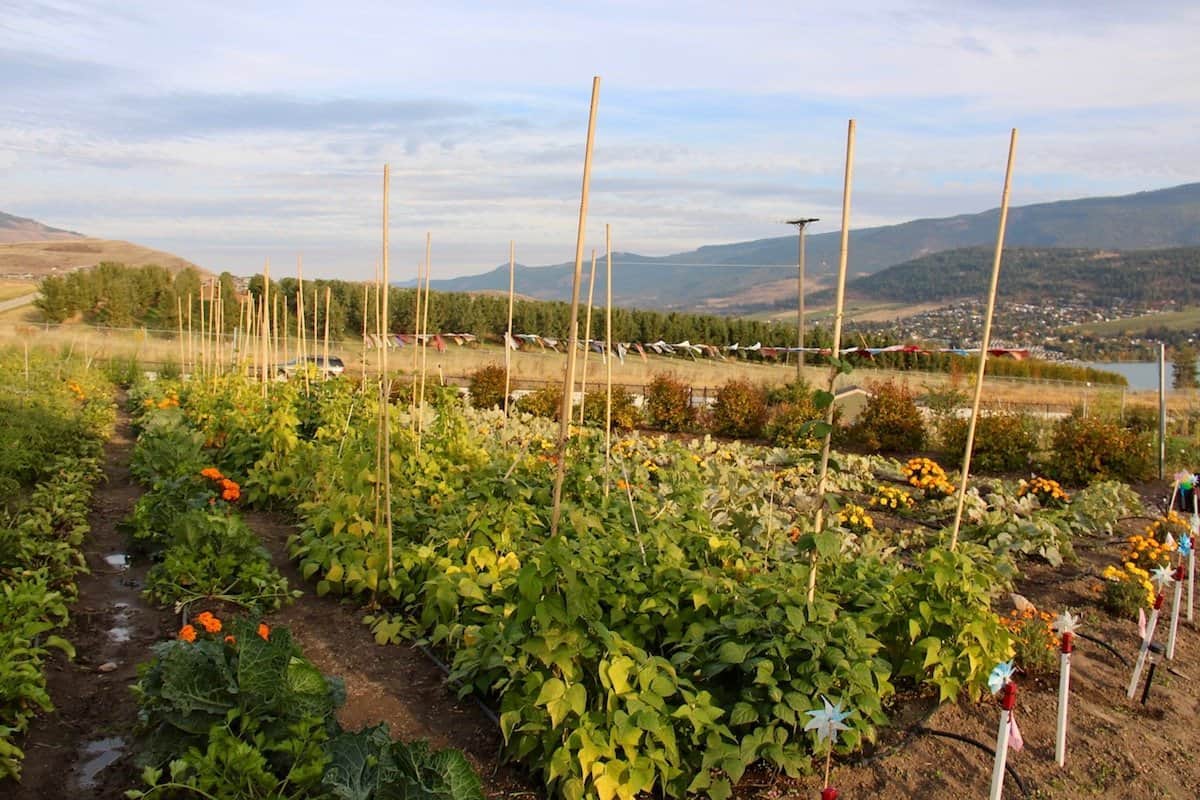
Drawbacks of in-ground type gardens
One of the main drawbacks of in-ground gardens is that they’re not the easiest to maintain. They are sometimes located far from the house (for reasons that don’t always make total sense). You also have to bend over to plant seeds, pick veggies, and pull the weeds that naturally exist in the soil. Lastly, the soil in the ground takes a long time to warm up each spring. This slow warm-up will delay your ability to plant vegetables outdoors each year.
To have a successful, classic in-ground garden, follow the lead of modern urban farmers who use yard space incredibly efficiently to produce healthy produce within city limits. They have many great tricks you can adopt in your own garden.
Landscape fabric can help with weeds, and drip irrigation can save you hours of watering time. With proper planning, an in-ground garden can be both productive and easy to maintain once installed.
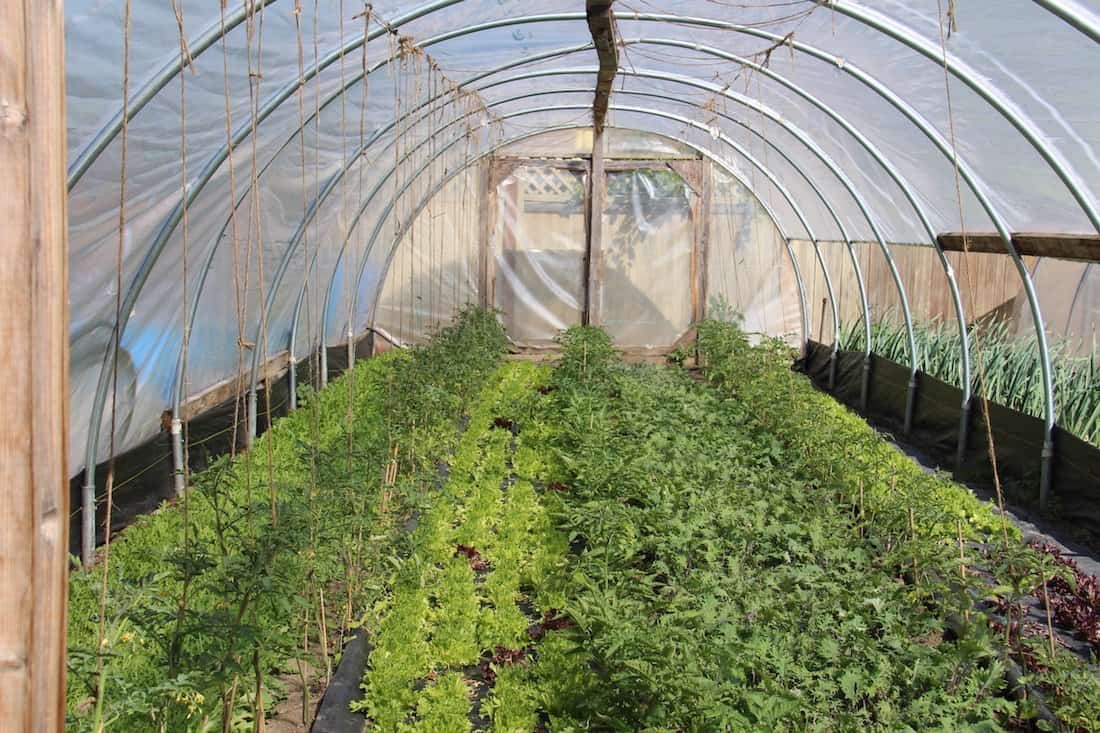
Garden soil testing
Perhaps the greatest drawback of in-ground gardening is the potential for poor soil. Most gardeners prefer a “loamy” garden soil, which has a nice mix of sand, silt, clay, and organic material. The soil should have enough sand to provide good drainage and air pockets but also have enough clay/silt to keep the soil moist (not wet) and retain nutrients.
Growing a garden in heavy clay soil may seem like a daunting task, but it doesn’t have to be! Whether you’re looking to create an herb garden, flower gardens, or tropical plants, improving your soil is key.
You can do this by importing organic materials such as homemade compost and well-composted manure. After digging into your soil or running a soil test, you’ll know exactly what kind of effort needs to be put in to provide the best environment for your plants. Don’t forget to factor this in if you choose to go with the in-ground gardening option!
You may also discover through a soil test that your soil has a pH that is too high or too low for growing whatever crops you’d like to grow. Perhaps you discover that your soil is lacking in calcium. More frighteningly, a soil test may reveal contaminants in the ground, such as heavy metals (like lead). Although these problems can be addressed and corrected, you may find it’s easier to situate your herb garden in one of the following types of above-ground structures.
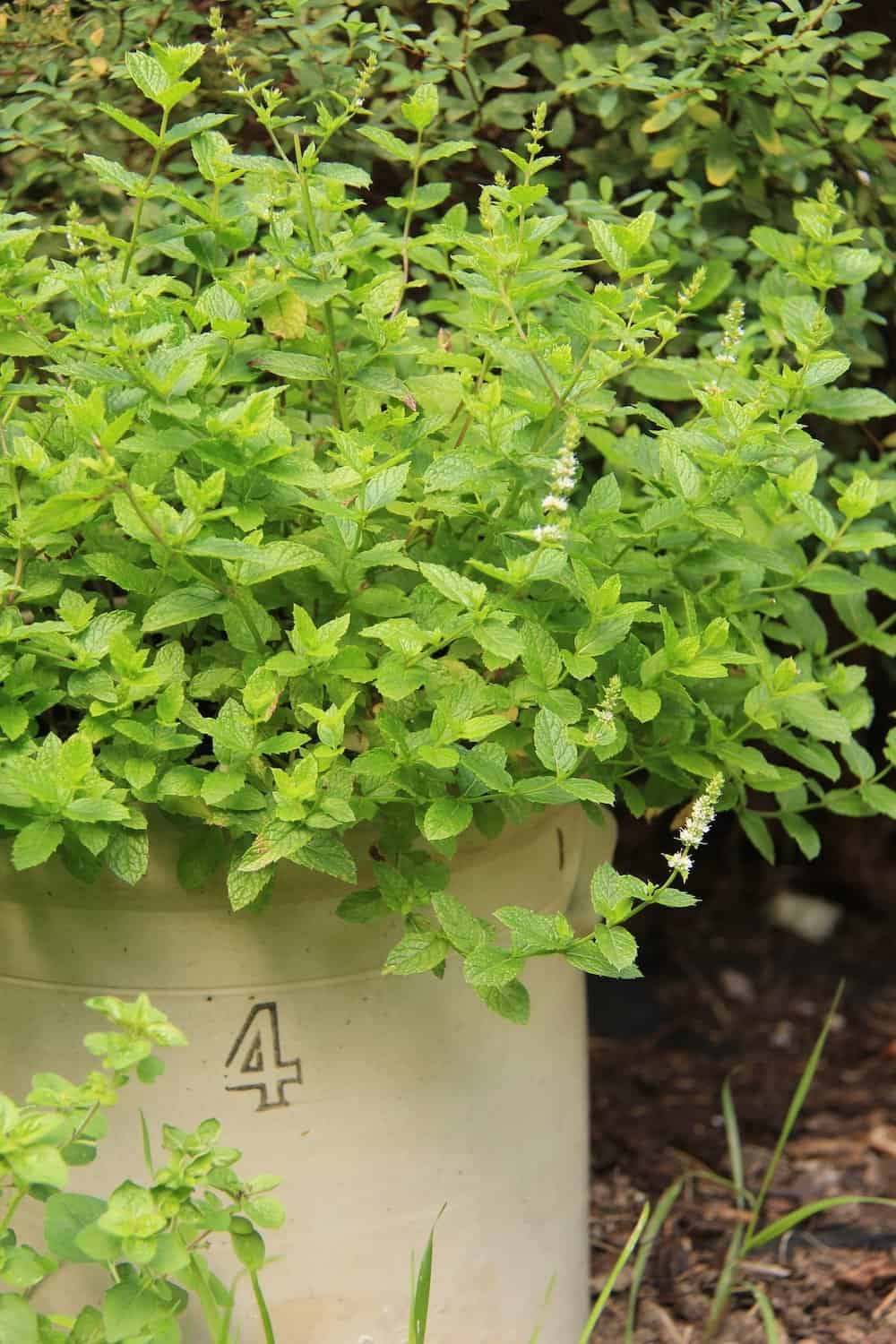
2. Container garden
Perhaps the easiest way to get going with gardening is to create a small container garden. From Flower gardens to herb gardens, There are many crops that are quite easy to grow in a container. You can grow them on your apartment patio, on your deck, or indoors.
Benefits of container gardening
Thinking of sprucing up your garden this year? Because the containers lift the plant up off the ground, the soil warms up faster, allowing for earlier planting. Additionally, because you fill the planter with soil yourself, you have complete control over the soil in which your plants are growing. You can even make your own potting soil for your containers, mixed to your unique specifications!
More benefits of container gardening
Containers have the added benefit of being portable. This is really nice if you’re new to gardening because you can move them around your space to experiment with different light and precipitation amounts. You can also bring your container garden inside in the winter if you live in a cold climate.
Container gardens are incredibly versatile. Herbs are well known for growing in containers. In fact, the containers “contain” the herbs that would otherwise take over an in-ground garden. Here are some more container garden ideas to try.
Strawberries and blueberries also make lovely container plants if you’d like to have some fresh fruit within reach of your favorite breakfast spot. Salad and smoothie greens such as lettuce, arugula, and kale also do well in containers. You might be surprised by what you can grow when you experiment with container gardening!
Drawbacks of container gardening
The main drawback of container gardening is cost. The planters themselves can be expensive, and it’s also expensive to fill them with high-quality potting soil that contains perlite and organic fertilizer. Another drawback is the limited amount of space. Expanding a container garden means obtaining and prepping new pots instead of simply finding a bare patch of ground.
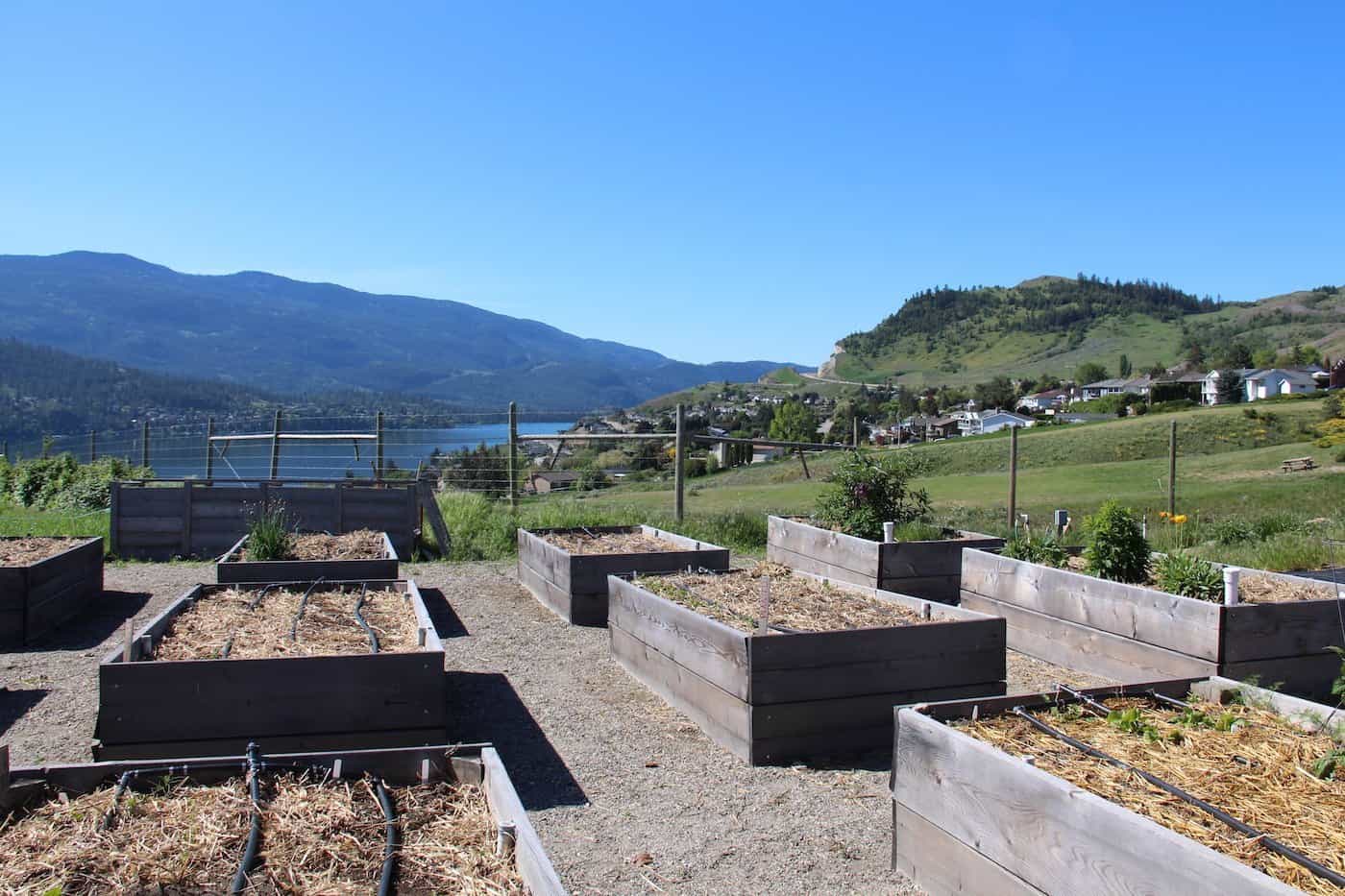
3. Raised bed gardens
Think of raised bed gardens as giant container gardens. Raised beds are commonly rectangular (generally 4′ wide and about 8′ long). They’re often made of wood planks that hold the garden soil in place about the ground. Most experienced home gardeners prefer gardening in raised beds to gardening directly in the ground.
Benefits of raised bed types of gardens
Because these beds are raised up off the ground, the soil warms up earlier in the spring, allowing you to start growing veggies earlier in the season. Building the raised beds also allows you to garden successfully if you have less-than-perfect natural soil, such as heavy clay or contaminated ground. You also don’t have to bend down nearly as far to maintain and harvest your garden.
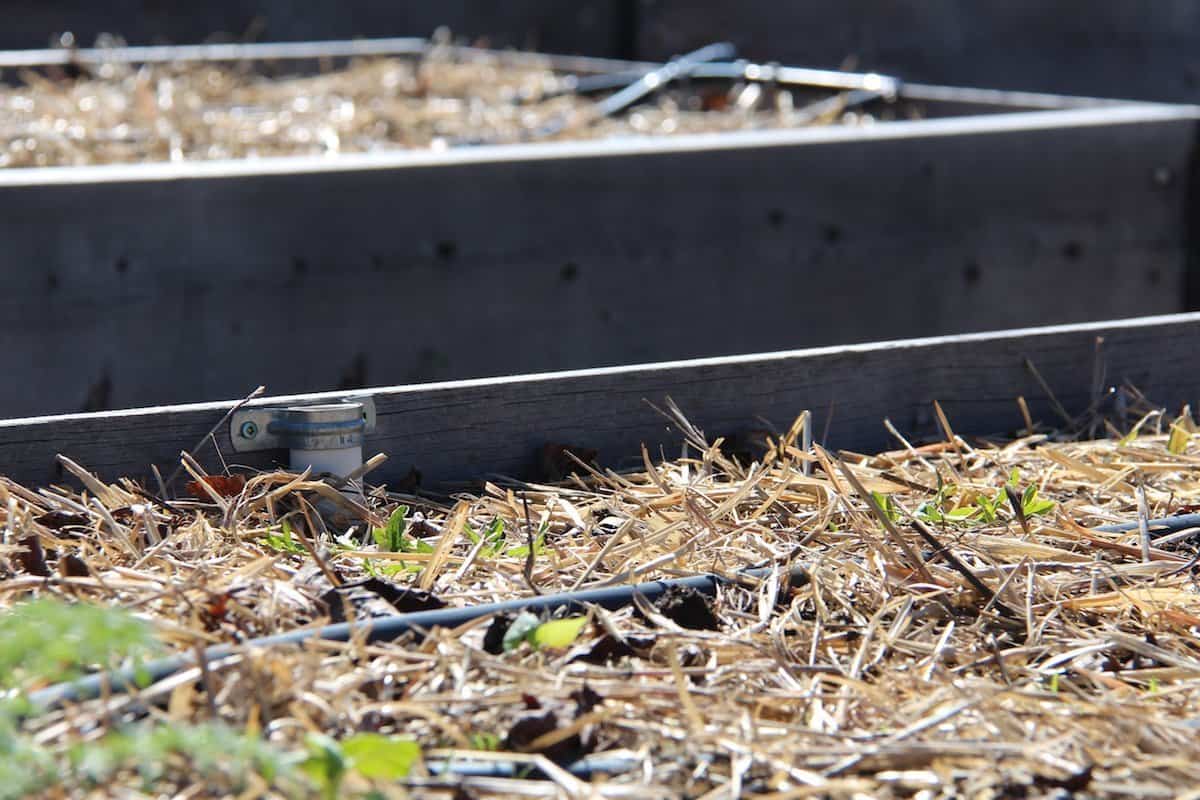
More benefits of raised beds
You can also rig up your raised beds with features like automated watering, built-in hoops for season extension and pest control cloth, and even fastenings for attachments like a cold frame. These attachments aren’t tricky to install and will save you hours of work (and headaches) throughout each and every gardening season. Do the work to install them once, and reap the benefits for years!
Drawbacks of raised beds
Like container gardening, the main drawback of raised garden beds is the up-front cost. The bed frames can be costly, and so can filling them with soil. Make sure you’re ready for raised beds and make the investment in really good raised garden bed structures.
If you don’t yet have an existing garden and you’d like to invest a bit of time and money into getting a good start, I would recommend building a couple of raised beds to start your garden. You’ll have the freedom of a large growing area combined with the benefits of container gardening. If you like using them, you can always add more beds later!
If you are building new raised beds, be sure to situate your beds in an easily accessible area with favorable growing conditions (sunlight, wind protection, access to water, et cetera). You may wish to try out small portable containers in various areas of your yard before deciding on the final spot for your raised beds.
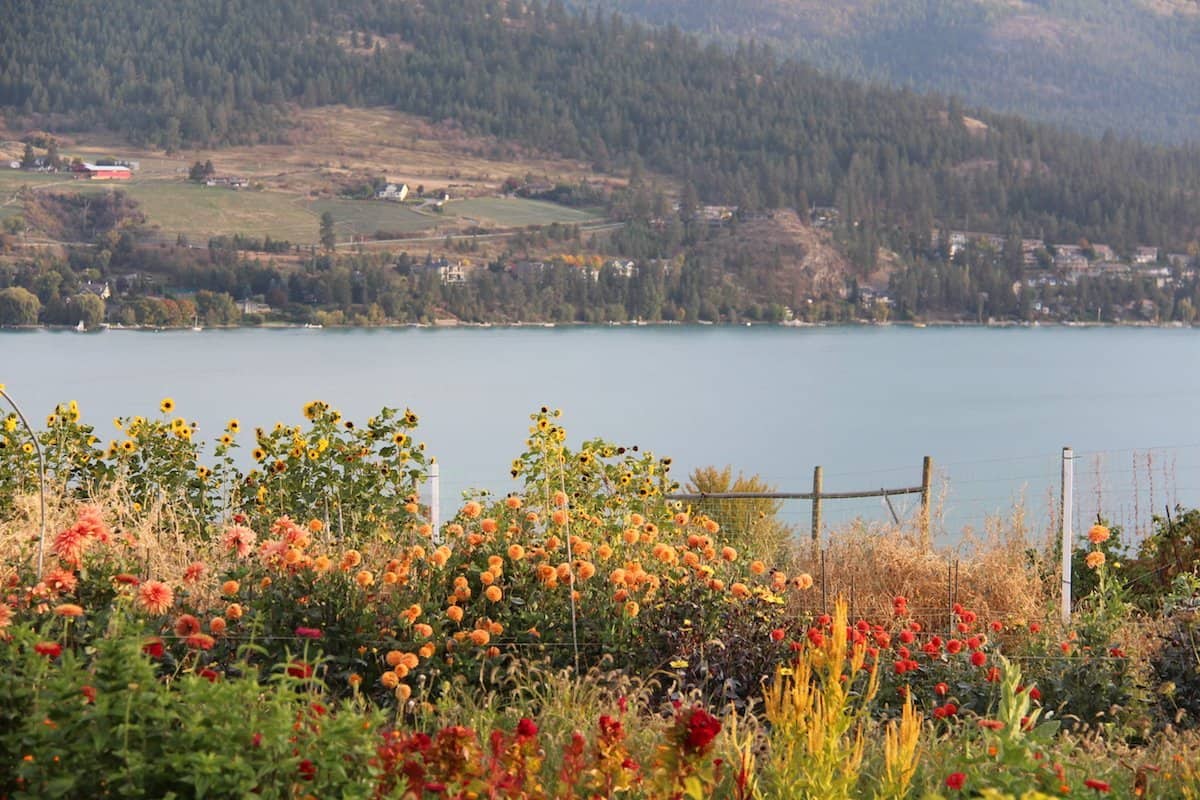
How to pick the best type or types of gardens
Now that you know a bit about the different types of gardens, it’s time to decide which kind best fits your growing environment and lifestyle. Consider your own preferences, available time, budget, and other resources when considering what type of garden you’d like to create.
In-ground gardens require a time investment to create and maintain but at a relatively low cost. A container garden may cost a bit more, but you can set your garden up in a few hours. Raised beds will take much more money and time to implement but will create a lasting, efficient garden that you’ll love to use.
It’s also true that perhaps a combination of different types works best for you. For instance, I currently have an in-ground garden for my greens, tomatoes, and squash, while I grow my herbs and some berries in containers.
Next year I plan to build several raised beds right off our deck from which to harvest greens and cherry tomatoes for easy salads and smoothies. I’ve been observing our yard for years to decide which area would be best for these permanent raised bed structures. It may be best for you to pick a combination of types. Also, know that your garden layout doesn’t have to stay the same from year to year!
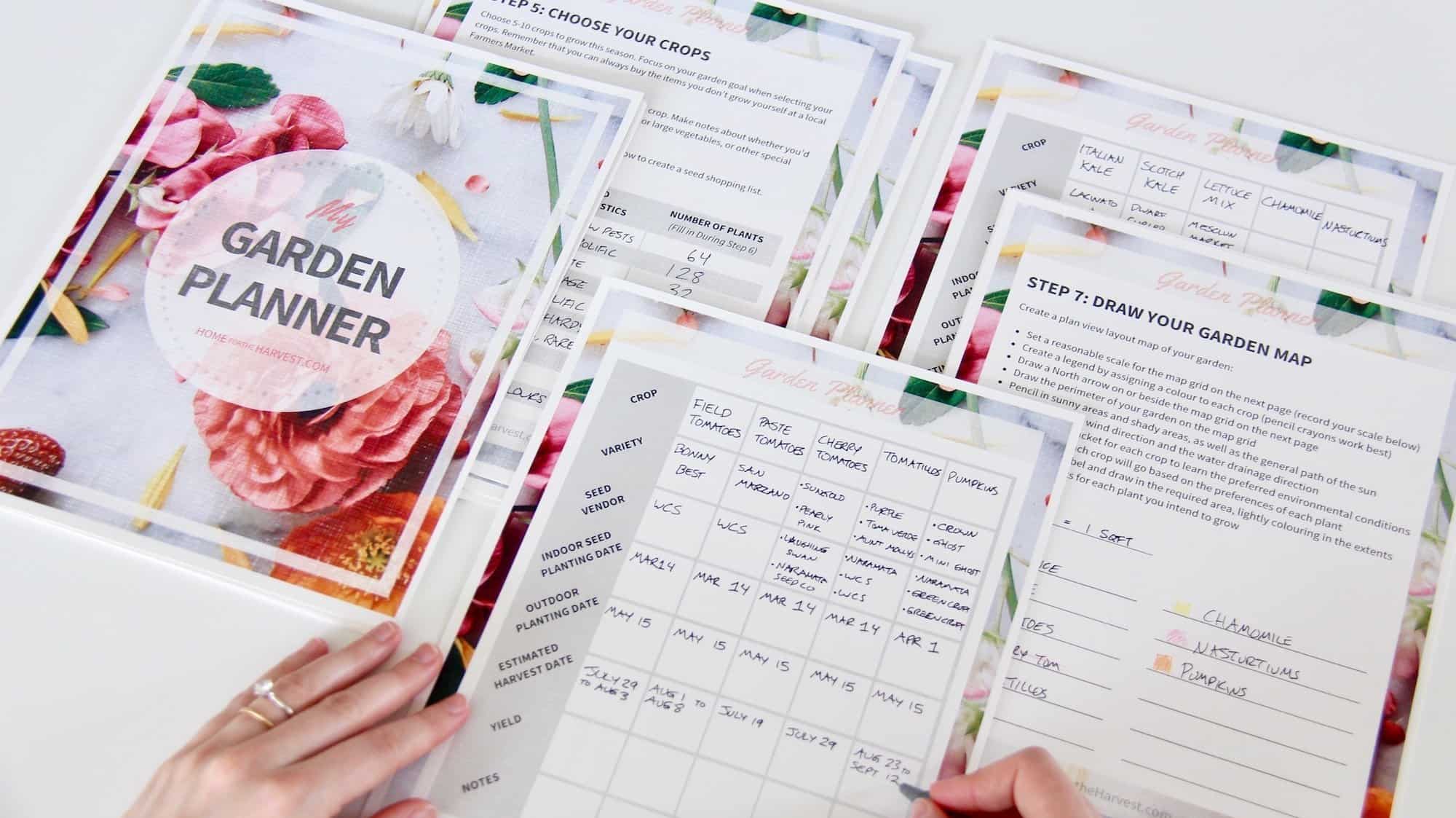
Fill in your garden planner
In your Garden Planner, fill in the type or types of gardens that will work best for you. You should also record the amount of growing space available in your chosen garden type. This will come in very handy when you’re calculating how many plants of each crop type to grow.
Planning your garden this season? Don’t forget about botanical gardens! They’re a great way to get creative with your space and have endless possibilities for crop types and plants.
If you don’t yet have a Garden Planner, download your free copy (sign up here). The planner is a useful spot to record your garden type and available space and will continue to help you throughout the season as it guides you through each step of garden planning.
References
- North Carolina State University: Vegetable Gardening – A Beginner’s Guide
- University of New Hampshire: Preparing a Vegetable Garden Site
- Michigan State University: Planting a smart vegetable garden
- University of Missouri: Vegetable Gardening


